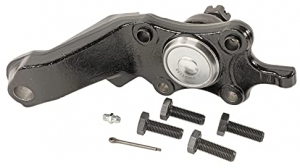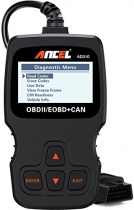-
Welcome to Tacoma World!
You are currently viewing as a guest! To get full-access, you need to register for a FREE account.
As a registered member, you’ll be able to:- Participate in all Tacoma discussion topics
- Communicate privately with other Tacoma owners from around the world
- Post your own photos in our Members Gallery
- Access all special features of the site
4 Cylinder and 6 Cylinder Differences
Discussion in '1st Gen. Tacomas (1995-2004)' started by TacomaJunkie8691, Apr 16, 2017.


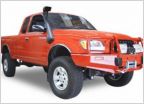 Best USA nort East shop to upgrade my Taco
Best USA nort East shop to upgrade my Taco Head Gasket leak diagnoses by visual?
Head Gasket leak diagnoses by visual?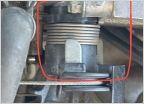 2001 tacoma 2.7 pre runner idle problem up and down
2001 tacoma 2.7 pre runner idle problem up and down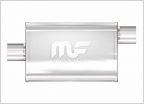 Which magnaflow will not be too loud?
Which magnaflow will not be too loud?




















